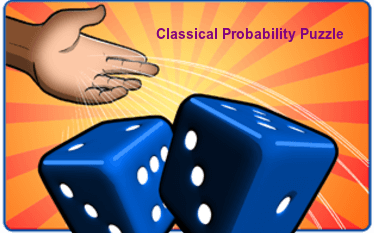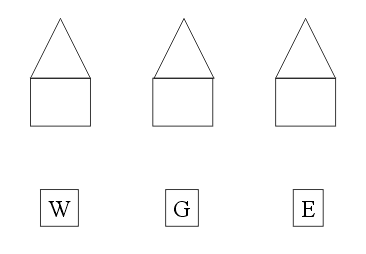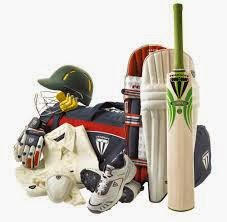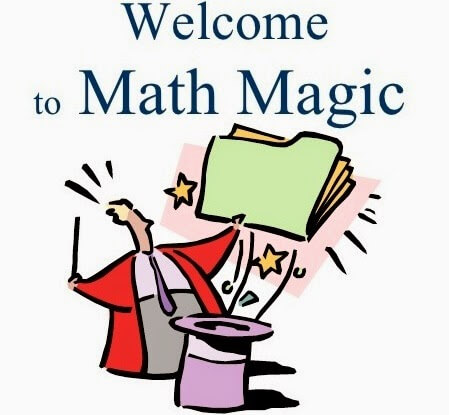#191 - Classical Probability Puzzle
If we roll two dices (six sided normal dice) together.
what is the probability that the first one comes up with a 2 and the second one comes up with a 5?

The probability will be 1/36.
For the first dice, there can be six possibilities. Similarly, for the second dice as well, there can be six possibilities.
Thus the total possibilities is 6 * 6 = 36.
The outcome we need is that the first comes up with a 2 and the second comes up with a 5. That is possible only in one possibility.
Therefore the required probability is 1/36.











